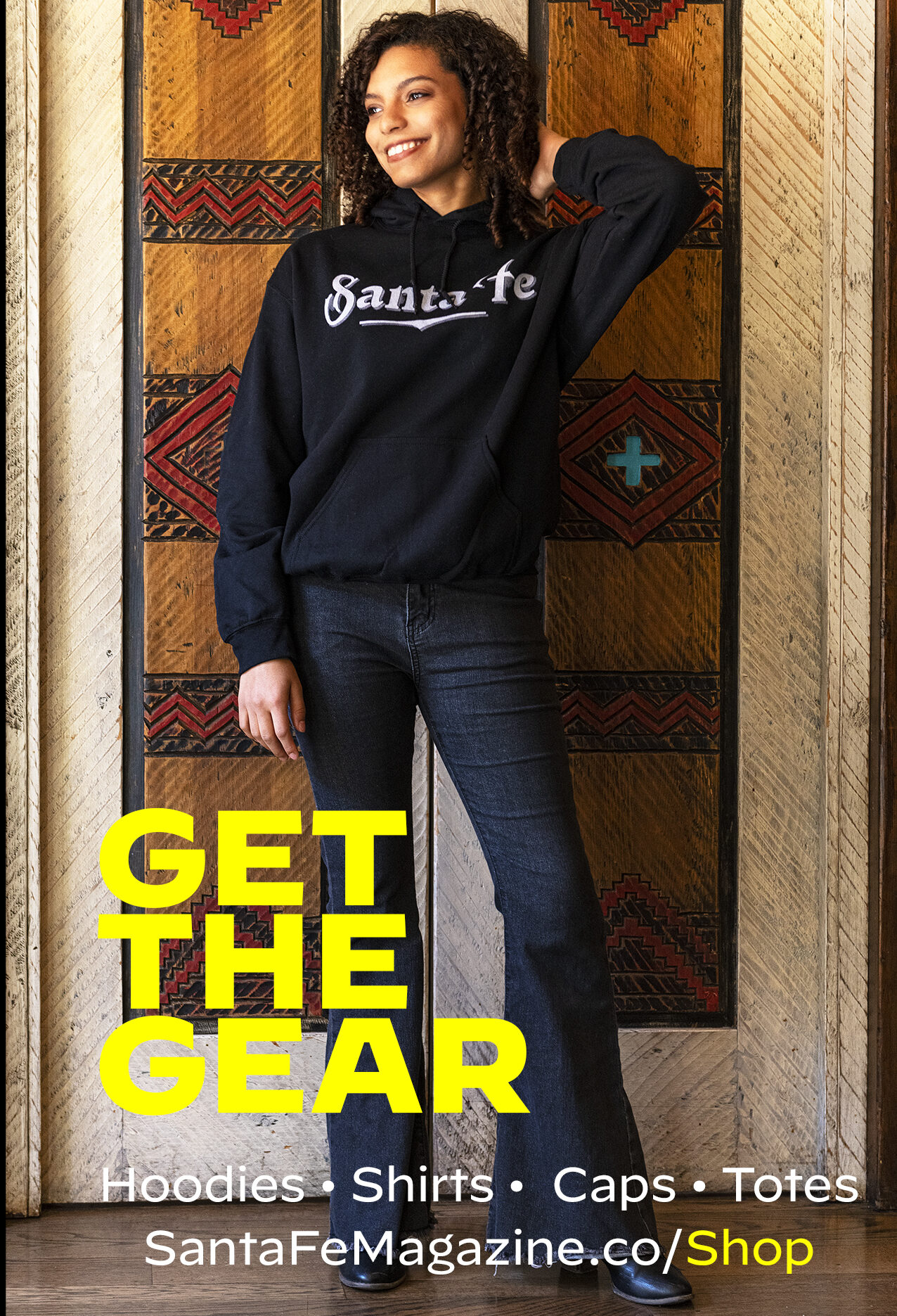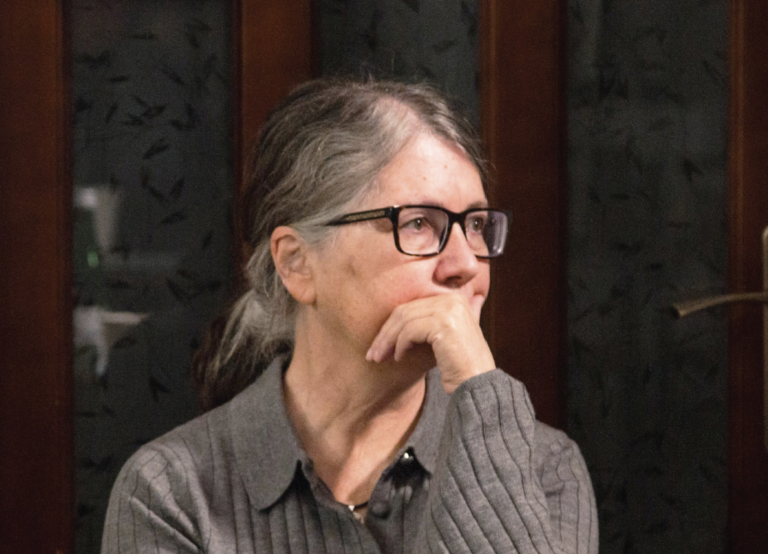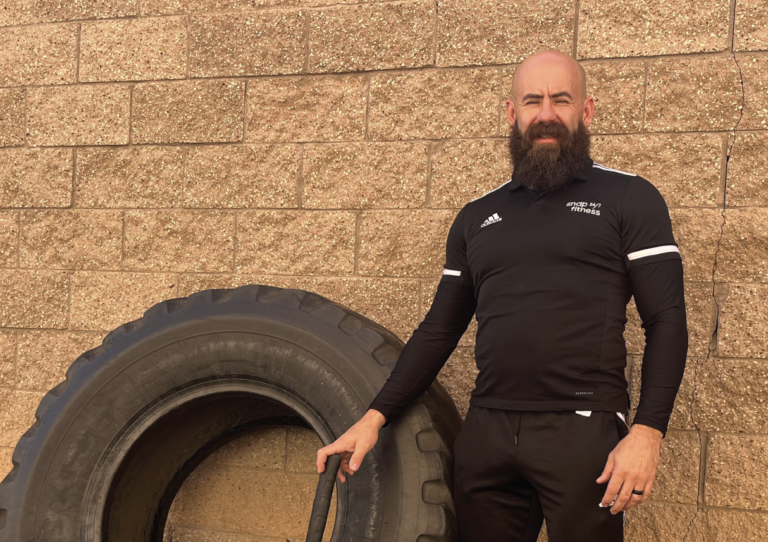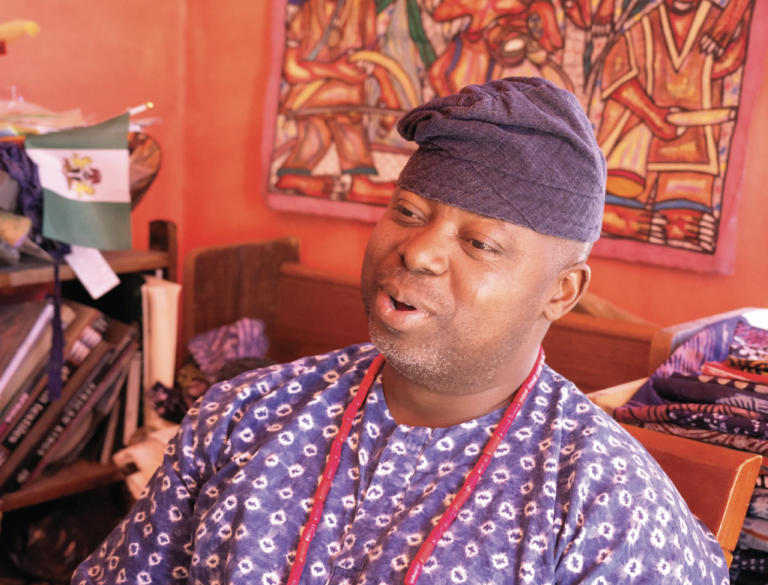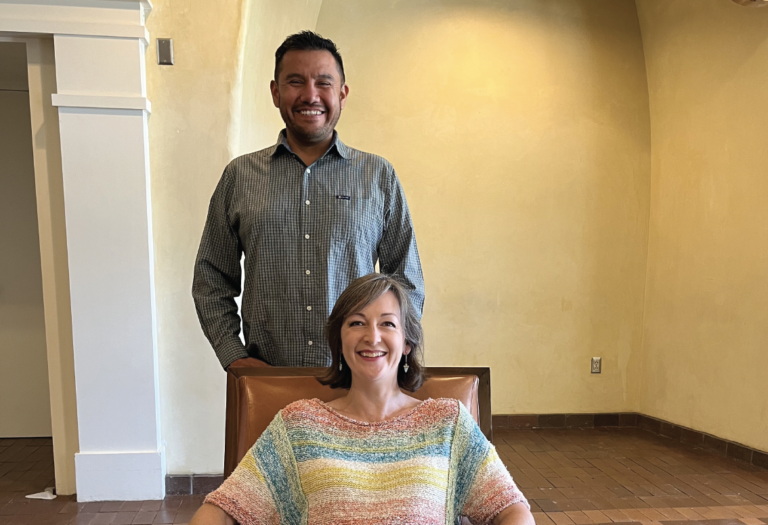HE FELL IN LOVE WITH BALLET when he was five, when he saw Edward Villella on television, and later when he saw George Balanchine’s Jewels. His parents were Puerto Rican and Navajo; he grew up on the reservation in Gallup and in Arizona. By 16, he was in the New York City Ballet. By 20, he was principal dancer. Today, Jock lives in Eagle’s Nest and teaches via Zoom. He ends each of his classes with an inspirational quote.
Why New Mexico?
I was done with New York. I couldn’t ride the subway one more time. And what’s a better place to live than New Mexico?
Before you became a dancer, you wanted to be a rock star. Who did you want to be?
Cher. When I got to New York, I wanted to just go by Jock – not Jock Soto, just Jock. But that was stupid.
Oh, and ABBA. Check out my wedding on YouTube. All ABBA, all the time.
How did you get interested in dance?
My mom taught me the hoop dance when I was three. I was doing these Native American dances and just fell in love with them. Then I saw Edward Villella on The Ed Sullivan Show, and I thought, What a strong, dynamic, masculine dancer. That’s what I want to be.
We moved from the reservation in Gallup to Arizona for my parents’ work, and my mother found the only ballet school in Arizona. I got in since I was the only boy who auditioned. I grew up there until I was 11, then moved to New York.
At eleven?
Yeah. I landed at the School of American Ballet and loved it. I had never been in a classroom with 40 other male dancers; it was always all girls.
And when I first snuck into the theater and saw the New York City Ballet perform, I think I was in tears for three hours. I thought, This is the most beautiful thing I’ve ever seen. I had to figure out how I could do it.
You say you were self-conscious of your body when you were young, that you didn’t look like a dancer.
I was definitely not your basic dancer type. I was short with thick thighs. But it was such a high-competition thing for me; I didn’t know what to do but just dance, dance, dance. And that’s what I did. The more I danced, the more confident I became.
It worked – Balanchine made you principal dancer of the New York Ballet at 20. What was it like being in New York at that time?
It was amazing. It was crazy. It was stupid. We would stay up all night.
Studio 54 was the first place I went. Me and my friends were teenagers, and we got picked first out of the line to get in.
I loved going to clubs and parties and meeting incredible people. We started going to the Odeon, and I became friends with Brian McNally, Anne Bass, Keith Haring, Brice Marden, and Francesco Clemente. And Andy Warhol. But it was just a normal thing.
During the day, I danced from 10 in the morning until 11 at night. Every day.
You’re known as a great partner. You think of ballet dancers having egos…
Yes, they do.
But as a partner, you must be thinking of something besides yourself.
You are thinking of them. I was most comfortable dancing being behind a ballerina. You have to intimately know who you are dancing with, what all of their strengths and weaknesses are.
Honestly, I was often afraid to just be out there by myself. One of the first parts Mr. Balanchine gave me was a solo. I was 16 replacing a 25-year-old. I learned the solo that day. I ran out on stage. You have two counts from the conductor and then you start moving. I didn’t move. I was staring at 6,000 eyes and thinking, What the fuck is going to happen next? I didn’t move for 16 counts. Mr. Balanchine was there, everyone was there, and there were thousands of people watching me. Finally, I started bouncing around and got into the count and started. That’s why I was more comfortable being behind a ballerina than being on stage alone. But I got over it.
Your mother would send you turquoise and corn flour to remind you of your heritage, which you’ve said affected your work incredibly…
They helped me overcome superstitions and jealousy. If somebody was giving me a bad eye or they were jealous, I would take the corn flour she sent and put it under my tongue, just like she said. To this day, I still do it.
You recently had a bout with cancer and are an advocate for cancer patients.
I had a huge amount of support from the Cancer Foundation when I was sick.
When I found out, I totally turned white. I was shocked. My mom and dad both went through cancer, and it’s too much for someone to do alone. The Foundation helped out so much and were so nice every step of the way. They made a very hard process so much easier and so comfortable.
You’ve got your recovery, and now you’re giving back to students.
I love teaching. During COVID, I taught New York City dancers on Zoom. They were getting depressed from not being onstage. Because that’s what it’s all about for dancers.
That’s what inspires me – sharing what I’ve learned, what was given to me. If I can make someone better, then I’m happy.
Learn more at youtube.com/watch?v=TXK20bd3vYg
Photo Luis Fuentes


